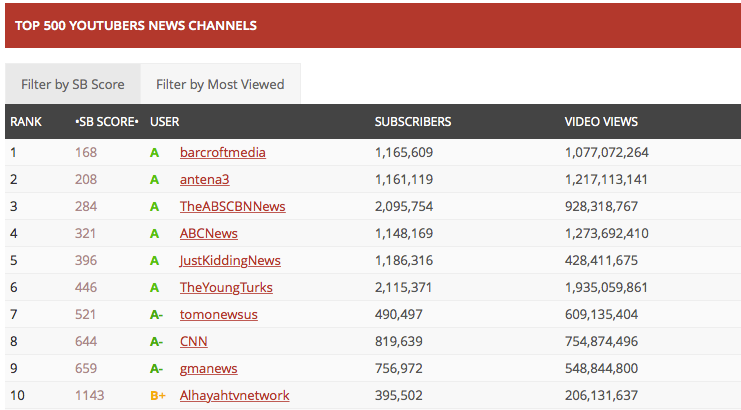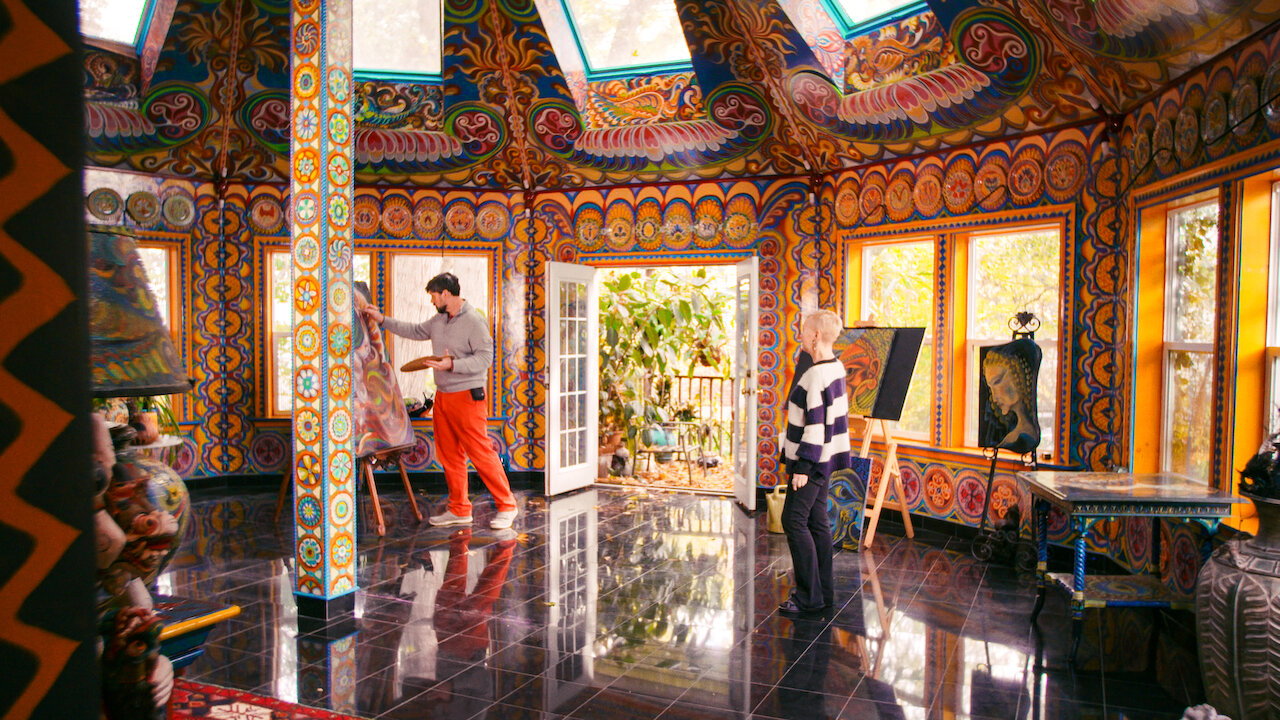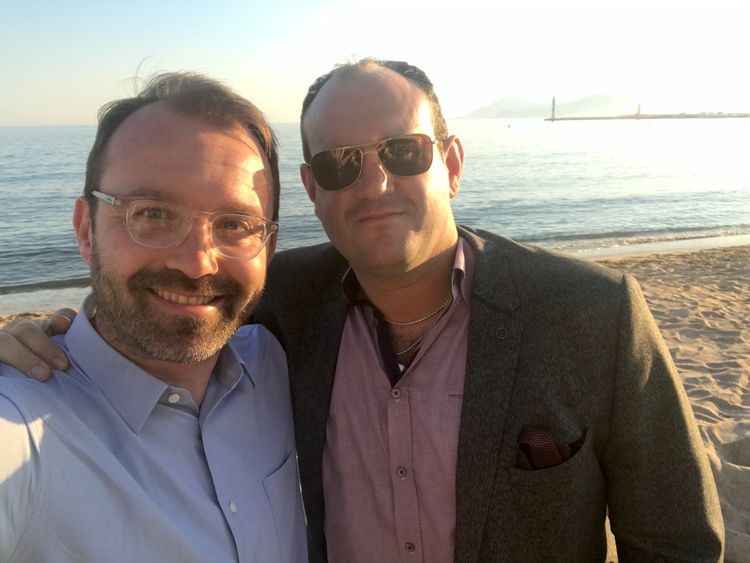Instead of New Year's resolutions, start your very own revolution

- Three approaches you need to drive your pathway to success -
Elon Musk is good at setting audacious targets. Back in 2016, he declared his intention to make humanity a multi-planetary species.
While this goal is still a work in progress, the ambitious trajectory Musk's speech helped to set has made Space X into one of the world's most successful privately-owned space companies.
By publicly setting such an exciting, simple and measurable goal for his company, Musk has both caught the attention and captured the imagination of many.
Of course, his detractors will point out that as well as delivering spectacular successes at Tesla and Space X, Musk has missed stated targets again and again.
So it seems he is more into the idea of Stretch Goals than rigid targets.
Stretch goals are designed to aim for the stars, which means they will often fail to deliver on the ultimate stated aim.
But they usually deliver a lot of progress and learning, even if they don't hit the intended jackpot.
As a big fan of ambitious targets, I've also set a few stretch goals in my time.
Back in 2012, my small press agency was getting some traction from its videos on Youtube. At a regular meeting, I declared that we would do whatever it took to become the number one channel in YouTube's news vertical.
Most of my colleagues in the room looked a bit uncertain and then smiled, weakly.
But I had a deep feeling that by setting this measurable target, we could all come together, driving towards a common target, with a brilliant potential outcome of being the best in the world at reaching people via news video on YouTube.
My stated goal meant that our small business of around ten staff members would be taking on the world's biggest news companies. It seemed practically impossible.
No wonder my colleagues looked sceptical!
I knew that we were really good at producing original documentary videos that often went viral. And that this was something that hardly anyone else was doing.
I saw how quickly YouTube was growing and realised there was a gap in the market we were perfectly set up to fill.
Back then in 2012, major news organisations were focused on their existing billion-dollar products and services like television news and newspapers. Most saw YouTube as a small competitor rather than an enabling partner. They invested small amounts of money and very little leadership time on the quest to dominate the emerging world of social media.
But as an emerging news company, we had no chance of competing in an established news industry space. We weren't able to publish a newspaper or start a TV station.
So, taking a deep breath, we changed our number one priority as a business.
We slowly pivoted our press agency business model.
To ensure we had the content we required, we moved from commissioning photo-first to video-first. This enabled us to deliver 5 new videos per week.
To prioritise increasing advertising revenue, we shifted from licensing first to established news companies to publishing on social media, then licensing second.
To prioritise growth in our younger, global social media audiences we changed the types of content we created to optimise for our YouTube audience. This ensured our videos had the best likelihood of going viral.
And the result?
Three years, 1m subscribers and 1bn views later, according to Socialblade.com, Barcroftmedia was the #1 News channel on YouTube:

Seeing the channel we built sitting at the top of a leaderboard which included ABC, CNN and Good Morning America still seems too good to be true.
When we started out in video, we had a lot to learn. Many of our early videos were terrible - out of focus, wobbly, poorly edited and had shocking audio.
But we had a single, exhilarating target that I knew we had a chance of achieving. And with a lot of hard work, we did it.
I went on to use stretch goals again and again. They kept me excited on the tough days, and helped me bring the team together when we were tired or having a bad run of luck.
Many of them failed. There was a lot of pushback against some of them. And some colleagues really disliked chasing goals that felt out of their comfort zone.
Stretch goals helped define and drive our business towards unique success.
In large organisations, people want incremental, safe improvements in performance.
But if you are in a small business, you need to aim for the stars to have any chance of breaking through.
And you need to figure out the one big thing that - if you achieve it - will change everything.
Some experts caution that setting wildly ambitious goals can be counterproductive. If people are asked to stretch themselves for something they don't believe is possible, they can become demotivated and less productive:

For those people, there are SMART goals. SMART is like the grown-up, thoughtful version of stretch.
They are more considered and allow leaders to really interrogate what it is they want to achieve and ensure they have a great chance of hitting their goal.
SMART Goals are:
Specific
Measurable
Achievable
Relevant
Time-Bound
You can find out all about them in the video below:
If you don't like the idea of setting stretch goals, another way to approach your entrepreneurship is by taking a "small steps" approach.
Taking repeated small steps in the right direction quickly compounds into substantial progress.
When we were developing our original video for Barcroft TV, we focussed very hard on constantly improving our video factory. Daily, this didn't look particularly impressive. But looking back over a quarter or six-month period, the jump in outcomes was always really noticeable.
This is a fascinating case study about how Infosys used this approach to deliver significant change:

If you're in an entrepreneurial environment, to break through you have to set a course towards the very limits of what is possible .
- Instead of aiming to release a song, you need to release a number one album.
- Don't try to put on a stage play, aim for a Broadway smash
- And if you want to make a TV show, make sure you are shooting for a breakout hit.
Time and time again this has worked for me.
Back in 2016, I was running a TV production company that was struggling to compete against other British producers.
Netflix was doing great. It was the disruptor that was crushing it. I was in love with their spirit and their product.
It seemed ridiculous to think we could get a meeting with Netflix, let alone make a show for them.
But we were lucky enough to have the amazing Scott Lonker as our Agent. Scott is now the President of Kimmelot, Jimmy Kimmel's company. He saw something in our ability to make hit content for younger audiences, and got us into the room with Netflix.
At that point, making shows for Netflix and the rest of the emerging streamers became our TV production company's number one aim.
And it worked!
Unbelievably, we were one of the first ever British production companies to make an unscripted original series for Netflix:

We worked so, so hard to develop and deliver the show. And we weren't sure if anyone was even watching it once it had dropped.
But one day whilst on my summer holidays, an email appeared my inbox that showed it was all worthwhile:

Not an official Netflix email of course, back then they didn't share numbers with anyone.
But it was a great ending to a huge project.
By aiming to work for the best platform in the world, we ensured our pitches were full of life and ambition.
So our ambition cut through not just with Netflix, but at all our other clients too. They could sense we were determined to succeed.
Aiming to be the best producers, to work with the best partners and to reach the most people sounds ridiculous and counterproductive.
But, it worked for us.
And being able to tell everyone that we had an original show on Netflix meant we jumped up into the top tier of global producers, ensuring many others now wanted to work with us all of a sudden.
By hitting a stretch goal, we took our whole company up a huge level.
Most people aim for good enough. They can't bear the idea that if they go for their real, ultimate goal, that they might not reach it.
This invariably means there are very few people willing to go all in and battle for top spot, reducing the competition up there, whilst most people fight it out down below in the middle ground.
It's actually often easier to try and be the best than it is to aim for average.
Protecting our ego by aiming low is understandable, but can be really counterproductive as your team have no exciting mission to join.
Think about it - when signing up to a new role, would you rather aim to get along OK, or shoot for the stars?
So don't waste your January trying not to drink alcohol, doing the odd workout or helping out once at a soup kitchen.





